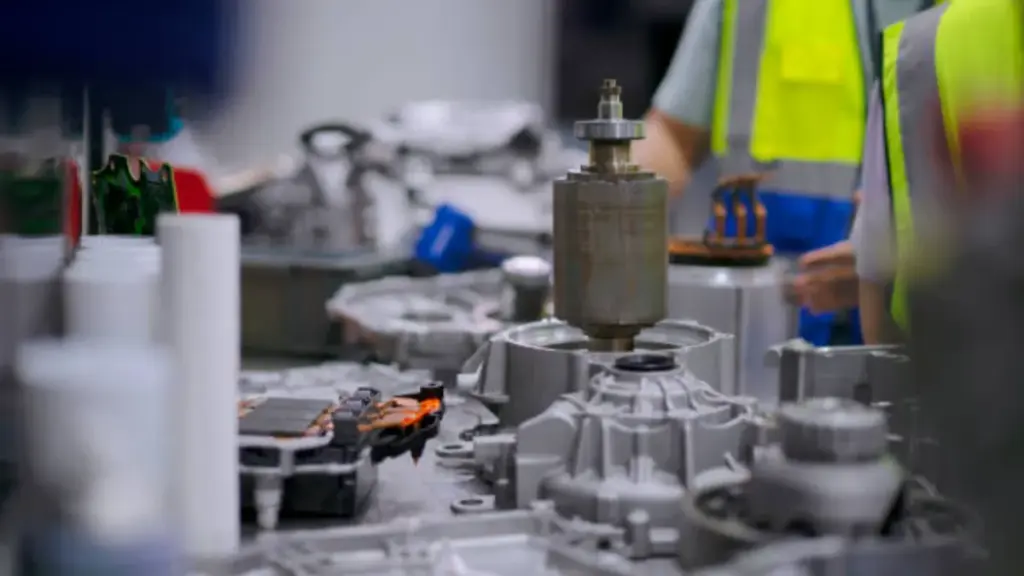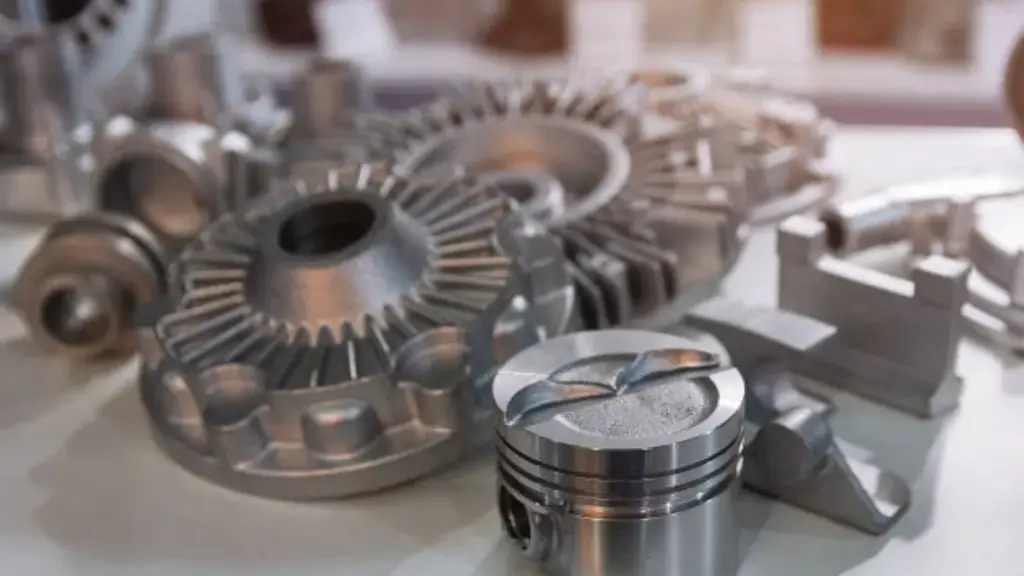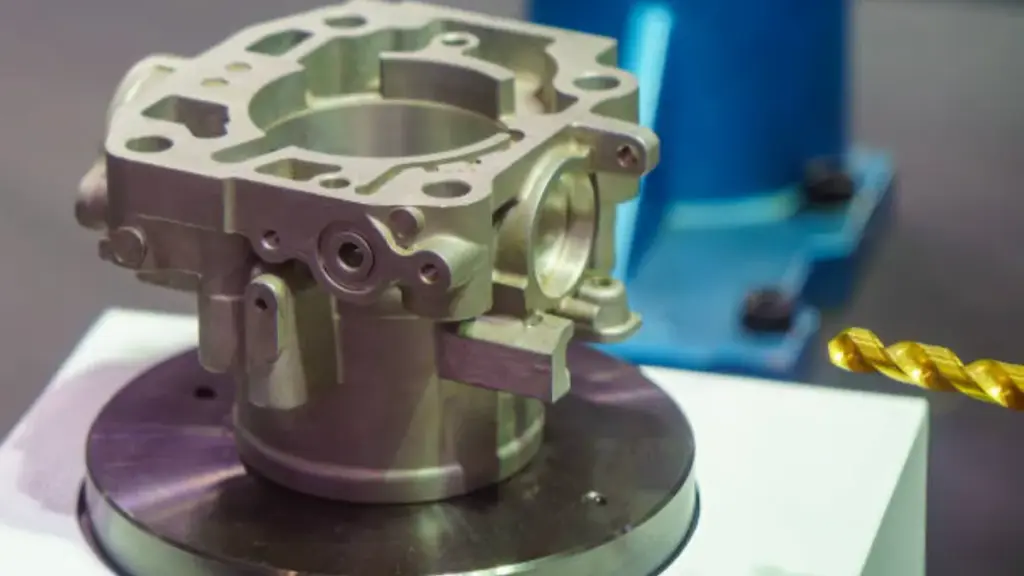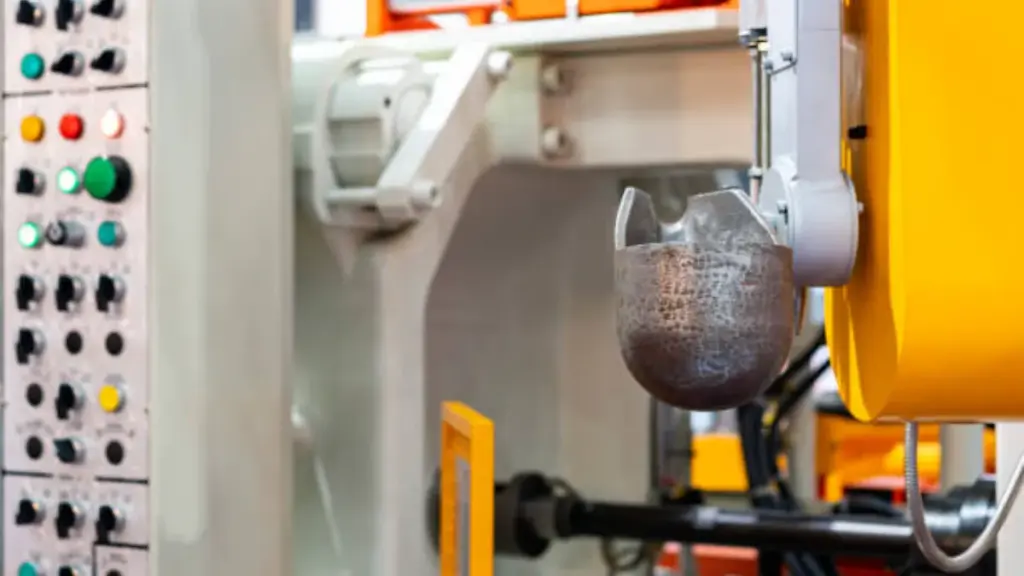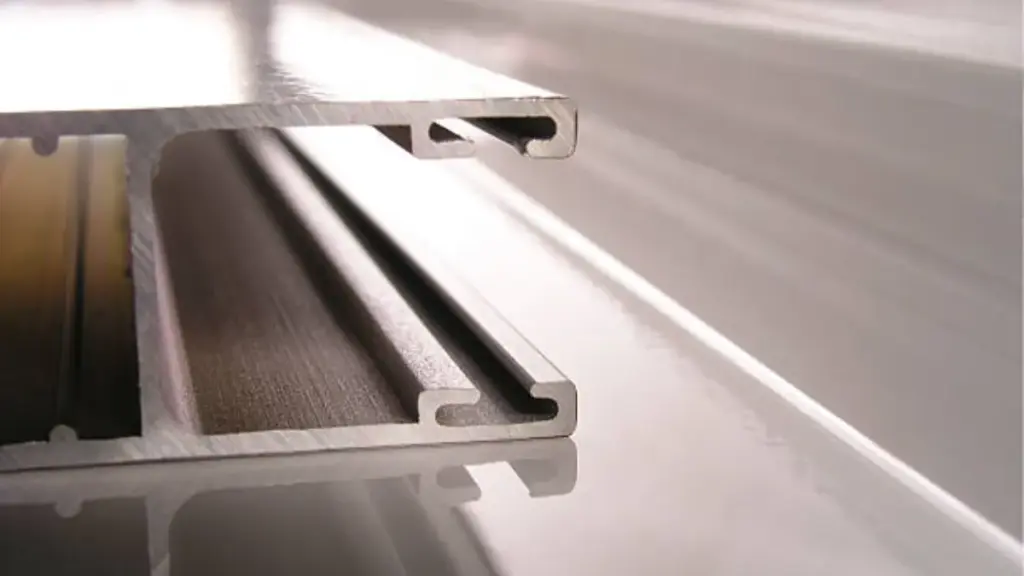إن عملية الصب بالقالب هي عملية تصنيع تتضمن دفع المعدن المنصهر إلى تجويف القالب تحت ضغط عالٍ. تتيح هذه العملية إنتاج أشكال معقدة ذات مستويات عالية من الدقة والدقة. يلعب الصب الذي يموت دورًا مهمًا في مختلف الصناعات من خلال توفير حلول فعالة من حيث التكلفة للإنتاج الضخم. في هذه المدونة, سوف نتعمق في تطبيقه, فوائد, المواد المستخدمة في الصب.
ما هو استخدام الصب يموت ل?
يشيع استخدام صب القالب لإنتاج أجزاء معدنية لمجموعة واسعة من التطبيقات. من أجزاء صب السيارات إلى الأجهزة الإلكترونية, Die Casting هي طريقة متعددة الاستخدامات تلبي الطلب على منتجات الصب المعقدة والمصممة بشكل معقد.
تطبيقات الصب الشائعة
يتم استخدام الصب على نطاق واسع في مختلف الصناعات لإنتاج مجموعة متنوعة من المكونات. بعض التطبيقات الأكثر شيوعا تشمل:
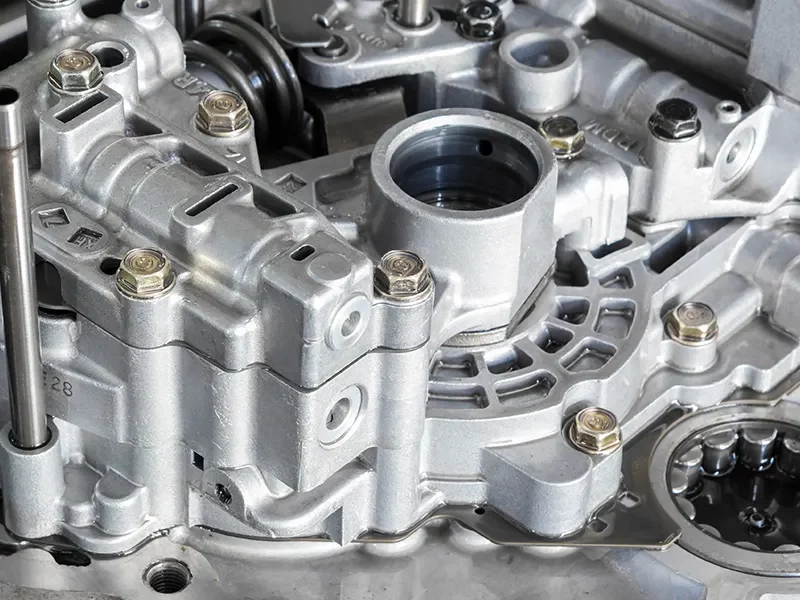
صناعة السيارات
ال قطاع السيارات يعتمد اعتمادًا كبيرًا على صب القالب لتصنيع المكونات الحرجة مثل أجزاء المحرك, مكونات الإرسال, عناصر الهيكل, و اكثر. إن نسبة القوة العالية إلى الوزن ودقة الأبعاد للأجزاء المميتة تجعلها لا غنى عنها في ضمان السلامة, أداء, وموثوقية المركبات على الطريق. من مكونات محرك الضغط العالي إلى عناصر الهيكل المعقدة, يموت الصب لا يزال بإحداث ثورة في مشهد تصنيع السيارات.
صناعة الطيران
في قطاع الطيران, حيث الدقة, مصداقية, وخصائص خفيفة الوزن ذات أهمية قصوى, يموت الصب يبرز كعملية تصنيع حيوية. تعمل صناعة الطيران على الاستفادة من الصب لإنتاج مكونات خفيفة الوزن تلتزم بمتطلبات الأداء الصارمة. من أجزاء محرك الطائرات إلى المكونات الهيكلية, تلعب المكونات المميتة دورًا مهمًا في تعزيز كفاءة وسلامة أنظمة الفضاء, المساهمة في تقدم تقنيات السفر الجوي.
صناعة الإلكترونيات
ال صناعة الإلكترونيات يستخدم على نطاق واسع صب القالب لتصنيع السكن, بالوعة الحرارة, ومكونات مختلفة للأجهزة الإلكترونية. الموصلية الحرارية المتفوقة والاستقرار الأبعاد التي توفرها الأجزاء المميتة تجعلها خيارًا مثاليًا للحفاظ على الأداء الأمثل, تبديد الحرارة, والموثوقية في التطبيقات الإلكترونية. من العبوات الإلكترونية المعقدة إلى حلول إدارة الحرارة, يلعب الصب الذي يموت دورًا حيويًا في ضمان وظائف وطول العمر للأجهزة الإلكترونية التي نستخدمها في حياتنا اليومية.
يمتد براعة الصب في هذه الصناعات إلى ما هو أبعد من هذه الصناعات, مع تطبيقات تمتد من السلع الاستهلاكية إلى المعدات الصناعية. مثل يموت المصنعين الصباستمر في الابتكار وصقل عمليات الصب, تظل إمكانات التطبيقات الجديدة والتقدم في الصناعات الحالية بلا حدود.
أنواع عمليات الصب
فيما يلي ثلاثة أنواع شائعة من عمليات الصب:
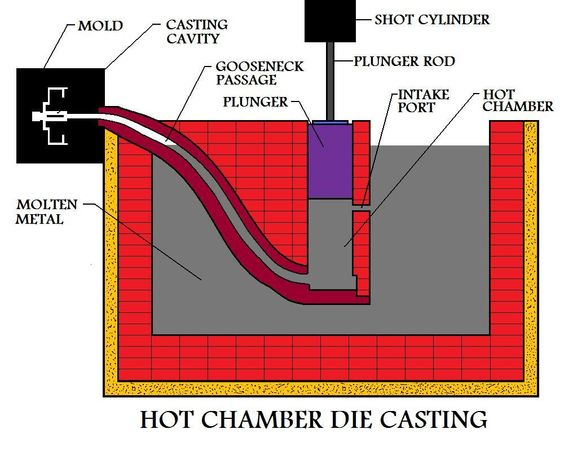
تموت الغرفة الساخنة الصب
في الغرفة الساخنة يموت الصب, نظام الحقن مغمورة في مجموعة من المعادن المنصهرة. هذه العملية مثالية للمعادن مع نقاط ذوبان منخفضة, مثل الزنك والمغنيسيوم. يتم إجبار المعدن المنصهر على تجويف القالب تحت الضغط, مما يؤدي إلى أوقات دورة سريعة وإنتاجية عالية.
تموت الغرفة الباردة الصب
يتضمن صب الغرفة الباردة صخب المعدن في فرن منفصل قبل نقله إلى نظام الحقن. هذه العملية مناسبة للمعادن مع نقاط ذوبان عالية, مثل الألومنيوم. يسمح صب الغرفة الباردة بإنتاج أجزاء أكثر تعقيدًا ذات قوة ومتانة أعلى.
يموت متعدد القلصات
يستخدم صب القالب متعدد القلصات شرائح متعددة لإنشاء أشكال وتصميمات معقدة. غالبًا ما تستخدم هذه العملية لقطع الغيار ذات الأشكال الهندسية المعقدة أو الميزات التي تتطلب تفاصيل دقيقة. يعزز صب القالب متعدد القلورات إمكانيات إنتاج الصب من خلال السماح بإنشاء أجزاء معقدة ومفصلة.
ما هي مزايا الصب?
يوفر Die Casting العديد من المزايا التي تجعلها طريقة تصنيع مفضلة للعديد من الصناعات. بعض الفوائد الرئيسية تشمل:
دقة عالية وتعقيد
يموت الصب يتفوق في إنتاج الأشكال والمكونات المعقدة مع التحمل الضيق بشكل ملحوظ. تتيح العملية إنشاء هندسة معقدة وتصميمات معقدة بدقة لا مثيل لها. يضمن هذا المستوى من الدقة أن يلتزم كل جزء بالمواصفات المطلوبة, الحفاظ على جودة متسقة عبر عمليات الإنتاج.
إنتاج فعال من حيث التكلفة
تكمن إحدى المزايا الأساسية للموت في إمكانية التكلفة لإنتاج الحجم الكبير. العملية عالية الكفاءة, تمكين التصنيع السريع لأجزاء عديدة بتكلفة أقل لكل وحدة. تساعد إمكانات الإنتاج عالية السرعة في الصب في التقليل إلى تقليل تكاليف العمالة وتقليل نفايات المواد, مما يجعله حلاً فعالًا من حيث التكلفة لسيناريوهات الإنتاج الضخم.
أوقات دورة سريعة
يموت الصب يضم أوقات دورة سريعة, وهذا يعني أنه يمكن إنتاج الأجزاء بوتيرة سريعة. يعد وقت التحول السريع الذي تقدمه Die Casting دورًا أساسيًا في مقابلة جداول الإنتاج المتطلبة, استيعاب المواعيد النهائية الضيقة, وتوصيل أوامر عاجلة. تضمن كفاءة صب القالب من حيث أوقات الدورة تسليم الأجزاء في الوقت المناسب, الحفاظ على عمليات التصنيع بسلاسة.
خصائص ميكانيكية متفوقة
تظهر الأجزاء المموفة خصائص ميكانيكية ممتازة, بما في ذلك قوة الشد العالية, متانة, واستقرار الأبعاد. تسهم الخصائص المعدنية للمكونات الصبغة في خصائص أدائها المتفوقة, جعلها مثالية للتطبيقات التي تتطلب أجزاء قوية وموثوقة. من مكونات السيارات الحرجة إلى الأجهزة الإلكترونية المعقدة, الخصائص الميكانيكية للأجزاء المموفة تعزز وظائفها وطول العمر.
التنوع والمرونة في التصميم
يوفر Die Casting درجة عالية من التنوع ومرونة التصميم, السماح بإنشاء أشكال معقدة, الجدران الرقيقة, والتفاصيل المعقدة. يمكن للمصنعين تحقيق تصميمات فريدة وحلول مبتكرة من خلال الصب, تمكين إنتاج الأجزاء المخصصة التي تلبي متطلبات محددة واعتبارات جمالية.
المواد المستخدمة في الصب
يمكن إجراء صب القالب مع مجموعة متنوعة من المعادن, ولكن تشمل المواد الأكثر شيوعًا المستخدمة:

صب الألومنيوم
الألومنيوم خفيف الوزن ولكنه متين, جعلها خيارًا مثاليًا للتطبيقات التي تتطلب القوة والمرونة. صب الألومنيوم يستخدم بشكل شائع في صناعات السيارات والفضاء لإنتاج المكونات التي تتطلب نسب عالية القوة إلى الوزن.
زنك يموت الصب
الزنك مادة متعددة الاستخدامات توفر مقاومة تآكل ممتازة واستقرار الأبعاد. غالبًا ما يتم استخدام صب الزنك في إلكترونيات المستهلك, الأجهزة المنزلية, والأجهزة الطبية بسبب انخفاض تكلفتها وسهولة الصب.
المغنيسيوم يموت الصب
المغنيسيوم هو أخف المعدن الهيكلي المتاح, مما يجعلها مثالية للتطبيقات التي تتطلب مكونات خفيفة الوزن ذات القوة العالية ومقاومة التأثير. يشيع استخدام صب موت المغنيسيوم في صناعة السيارات لإنتاج قطع الغيار التي تتطلب توصيلًا حراريًا ممتازة ونسب القوة إلى الوزن.
خاتمة
Die Casting هي عملية تصنيع متعددة الاستخدامات وفعالة توفر العديد من المزايا لإنتاج أجزاء معدنية عالية الجودة. من السيارات إلى صناعات الفضاء, يلعب صب Die دورًا مهمًا في تلبية الطلب على المكونات المعقدة والمصممة بشكل معقد. مع التقدم في التكنولوجيا والمواد, الاحتمالات المستقبلية في صب القالب لا حدود لها, تمهد الطريق للحلول المبتكرة وقدرات التصنيع المحسنة.
شراكة مع بيان دييكاست: مصنّعون مصنعون مصنعون من الألومنيوم الموثوق
أنشأت Bian Diecast سمعة قوية باعتبارها الشركة المصنعة لتصوير الألومنيوم الرائدة, تقديم مكونات عالية الجودة باستمرار تلبي المتطلبات الصارمة لمختلف الصناعات. مع التركيز على الدقة, كفاءة, ورضا العملاء, أصبحت Bian Diecast شريكًا مفضلاً للشركات التي تبحث عن حلول الصب من الألمنيوم من الدرجة الأولى. Bian Diecast هي الشريك المثالي لمساعدتك في تحقيق أهداف الإنتاج الخاصة بك ودفع النجاح في مجال عملك.

